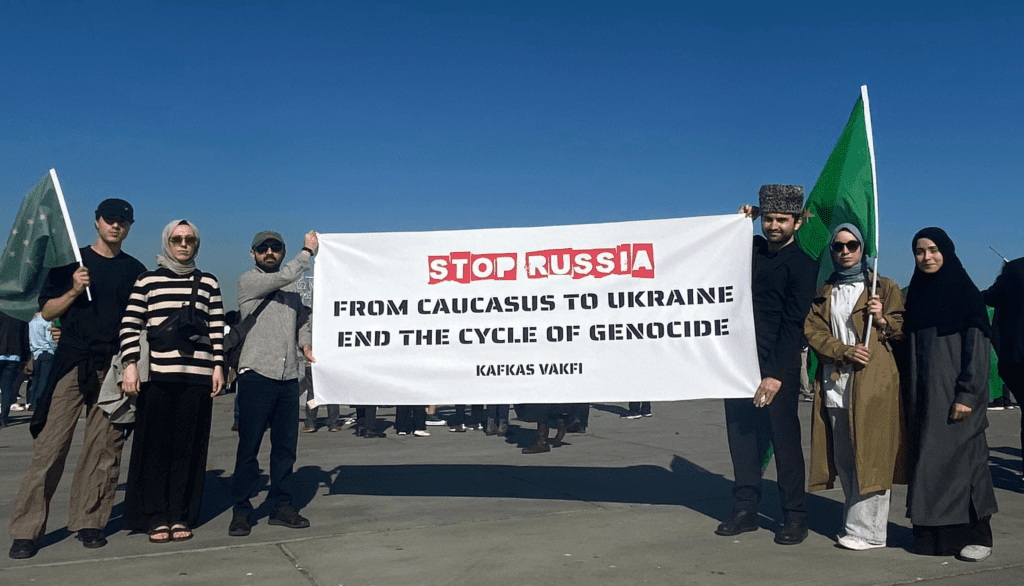Category: Uncategorized (Page 3 of 27)
During the lecture on 2/20, we discussed the practice of Ramadan and the exceptions/exclusions that are permitted. I was curious about whether or not pregnant women also participated in Ramadan. My mother is an OB/GYN, so I thought it would be interesting to research more about the topic. I found a really interesting cross-sectional study conducted in 2008 on 353 females in Pakistan. The study examines the concepts and practices of maternal fasting during pregnancy in Pakistani Muslim women. I found it interesting that most women still fast during their pregnancy.
Here is the link if you’d like to learn more!
The Battle of Tours, also known as the Battle of Poitiers and the Battle of the Highway of the Martyrs (Arabic: معركة بلاط الشهداء), took place on October 10, 732. It was a significant battle during the Umayyad invasion of Gaul. The opposing forces were the Frankish and Aquitanian troops, led by Charles Martel, and the invading Muslim forces of the Umayyad Caliphate, commanded by Abd al-Rahman al-Ghafiqi, the governor of al-Andalus.
All this being said, Little’s research does provide evidence that A‘isha’s age is older than what scholars or Islamophobics believed. However, it does not prevent one with a 21st-century mindset from viewing the relationship–at the least–as problematic. And therein lies the first problem, if Muhammad and A‘isha’s marriage was in keeping with the norms of 7th century Arabia, then we can not criticize him for not conforming to our norms nearly 1,500 years later. Additionally, the popular characterization of A‘isha as the “child bride” glosses over the enormous impact she had on the early Islamic world besides just marrying. This research does provide a strong rebuttal to Islamophobics who use A‘isha’s age as easy ammunition, but her age was never really the problem, it was just an easy solution to justify bigotry. Perhaps Little’s research is the first step in resting the debate on A‘isha’s age towards a larger discussion of her impact and Islamophobia in the modern world.
https://newlinesmag.com/essays/oxford-study-sheds-light-on-muhammads-underage-wife-aisha/
https://ora.ox.ac.uk/objects/uuid:1bdb0eea-3610-498b-9dfd-cffdb54b8b9b/files/dhm50ts230
In class on Tuesday, we discussed the discovery of what many consider one of the oldest surviving fragments of the Qur’an. Here is a video that gives a brief overview of the discovery and a link to the University of Birmingham’s website page about the manuscript.
https://www.islamonline.net/en/i-want-to-know-about-aishah-bint-abu-bakr/

This article is all about Muhammad’s youngest wife, Aisha bint Abu Bakr. After Khadija, she was Muhammad’s most beloved wife and one of the most politically important. After he died, she was a close advisor of Khalifa Umar. She led an army against ‘Ali for not prosecuting Uthman’s murderers, but was defeated. ‘Ali sent her back to Mecca to live out the rest of her life, showing his respect for her. She was considered a leading expert on the Qur’an and spoke many of the Hadiths, being one of four people who spoke over 2,000. Aishah was important to early Islam outside of being Muhammad’s wife as a religious and political leader.

While this article is a year old, it is a reminder that the anniversary of the Circassian genocide is next month. After 150 years, this article gives great insight into how the Circassians have fared over time. As a show of solidarity, representatives from every political party in Turkey showed up to the ceremony last year despite the nation’s polarized political scene. Circassian as a language disappeared in the 1970s and the culture as a whole is on the brink of extinction as well. This byproduct of the genocide is unsurprising and unfortunate. Circassians in Turkey want to be able to travel to Russia without a visa as it used to be their homeland. Other minorities who have suffered violence under Russian rule were present at the event as well. This form of camaraderie only reinforces my prior post about Zelensky citing the Naqshbandi leader in an effort to gain support from minorities in Russia. Overall, the article demonstrates that the Circassians will likely succumb to a delayed cultural genocide as a result of Russian policy 150 years ago.
“Zelensky urges ethnic minorities, indigenous peoples in Russia to fight mobilization”
https://www.jpost.com/international/article-718601
I was unable to embed the link, but this link includes an interesting article where President Zelensky argues that minorities in Russia should not have to take part in the Russian war effort. In one of his appeals, he cites the words of Imam Shamil, a famous leader of the Naqshbandi Sufi order in the Caucasus during the 1800s. Imam Shamil said, “Anyone who raises a weapon against the truth raises it to his own destruction.” In this light, Russia is fighting truth and therefore destroying itself. It is interesting to see the Ukrainian President use Imam Shamil as a persuasive speaker because of his religious ties to Muslims in Russia, but also because of the tremendous importance he has to regions like Dagestan. Zelensky shows that Shamil’s words are still influential to this day as a political tool in addition to being a religious one.
This article focuses on the Mongol’s control of Russia. This work discusses the blood ties and political connections involved in the creation of The Horde while discussing a book entitled The Horde by Marie Favreau. The article provides information regarding the book going into detail about the split of The Horde into the Blue Horde and the White Horde. The work also discusses the relationship between the Mongols and the Russians, with some people believing this relationship still has an impact today. This work is remarkably interesting as it reexamines the impact and benefits of the Mongols on the Russians, concluding that the Mongols benefited the Russians. This article provides interesting perspectives on a recent book, a book so impactful in understanding the Mongols, Russia, and the relationship between them.
